Whether it's a brand new shirt or a cherished pair of jeans, we've all experienced the frustration of seeing them gradually deteriorate with each wash. But is that really something we have to accept as inevitable? Nope! There are several easy laundry hacks that will help keep your garments looking brand new even after numerous washes, so your favorites can stay looking new for longer. If you want to learn how to prevent your clothes from aging prematurely, read on!
Why do colors fade from fabric?
Before we go into the best ways to take care of your garments, let's quickly examine the most common causes of fading. Sunlight and moisture are the two most common reasons for fabric deterioration.
Sunlight.
Continued exposure to sunlight, which acts as a powerful natural bleaching agent, can gradually dull colors. Think about it, during the summer when you’re outside all day, your hair naturally becomes lighter. It’s the same thing that happens with your clothes. Because of this, clothes dried in the sun tend to look much more dull than when you first got them. If you dry your clothes outside, try keeping them in a shady area that still gets a good breeze, and make sure to bring them in promptly.
How you store your garments can also affect how much they are exposed to light and fade over time. The use of freestanding garment racks as an alternative to built-in or portable storage solutions like closets, wardrobes, and drawers is one example of how clothing storage can expose fabrics to frequent sunlight, and cause them to fade. If the clothes rack is located close to a window, the increased exposure to light could hasten the fading process.
Complementary materials for water.
Colors rarely fade in pure water, but the chemicals used to purify and soften it can leach colors from fibers. Bleach and other bleaching agents, as well as unanticipated water impurities, can diminish the vibrancy of dyes used in clothing.
The way your clothes look may also be affected by the temperature of the water they are washed in. For instance, dark colors may fade more quickly when washed in hot water or dried on a high heat setting. Heat combined with agitation can loosen fibers in clothing. These loosened fibers release some of the dye stored within, and the microscopic fussiness of the fibers amplifies the fading effect.
Tips for laundry to prevent clothes from fading
Keep clothes out of direct light.
Though exposure to sunshine is inevitable, and you certainly must wash your clothes as well, there are measures you can take to safeguard your wardrobe from excessive fading and damage.
Clothes will stay looking fresher for longer if stored in a dark place like a closet or drawer, even if it takes a little more effort to put away your clean clothes. If you use a garment rack instead of a closet or drawers, keep your garment rack somewhere that the light won't hit the clothes, and invest in a cover for the rack if one is available.
Pack up your clothes seasonally when they aren’t in use. Packing up your summer clothes when it’s winter, and your winter clothes when it’s summer will keep them protected from sunlight or dust in your home. Clothing can be stored in a garment bag or box if you don't like to undertake seasonal closet cleanouts. This will protect them from the sun and dirt, which might cause fading.
Use mesh laundry bags to prevent tangles.
If you’ve ever opened the wash to the string of a hoodie tying up your entire load, or a shirt sleeve caught and torn in a jacket zipper, mesh bags are going to be a great help for you. Loose strings, accessories sewn into clothing, and thin straps can cause a tangled mess, especially when there is a sweater or other loosely woven item involved.
Putting fragile clothing in mesh washing bags is a fantastic way to prevent this from happening. These bags can help your clothes stay looking new for longer by preventing snags and other damage when washing, and helps keep strings and straps contained and unable to tangle with other items.
Do your laundry in cold water.
Preventing garments from fading can be accomplished in part by always washing them in cold water. It can help you save money on your energy bill and keep your sensitive clothes safe from damage. There's no need to stress about your garments not becoming sufficiently clean in cold water. Today's detergents can be used effectively in either hot or cold water.
Flip your garments inside out.
Make sure to always wash your garments inside out if you're worried about fading or damage to details that have been printed or sewn onto the fabric. Think of all the old band t-shirts that are so badly faded that you can’t even make out the logo. If you wash your clothes inside out, this is a much slower process, and will help preserve the surface of your fabric against snags and abrasion as well. This easy hack can significantly extend the life of your wardrobe.
Use a low heat setting when drying.
Always use a low heat setting when drying your items. Lower heat settings are not as damaging as high heat in the dryer, keeping the fabric fibers safe, as well as the dyes locked inside. Lower heat produces fewer microtears and will lead to less fuzz. This will not only help to protect delicate clothes from harm, but will also aid to slow the fading process.
Drying clothing on a clothesline is another option, but you shouldn't leave them out in the sun for days on end because the color may fade.
Filter your water.
Filtering the water that is used for washing clothes is one of the most crucial yet commonly ignored laundry techniques. If you have hard water, or your city uses harsh purifying chemicals, the minerals in the water can wear down your garments over time, so it's necessary to take extra care of them.
Many of the dangerous substances can be removed before they can reach your clothing by installing a whole-house water filter. This will prolong the life of your garments and keep them looking fresh. While a whole-house filter is the best option, this is impractical for some living situations. Try an in-line filter, and explore other ways you can use higher quality water for your washing.
If you have hard water or heavily treated water, choose a detergent that accounts for this and can still get your clothes sparkling clean while keeping them safe. That’s exactly what Rockin’ Green Hard Rock was designed to do. It’s specifically formulated to work in water that has a heavier mineral load and will get your clothes as clean as if you’d washed them in spring water.
Detergent matters.
The big name brands of laundry detergent, as well as the bargain brands, rely on harsh detergents that will get your clothes clean but will also damage the fabrics. They can be so harsh as to damage the fibers of the fabric itself, and over time pull out ever more broken strands. This leads to clothing that not only appears faded and fuzzy, but becomes threadbare and weak. For some thinner items of clothing, this can mean only getting to wear your new purchase a few times before it looks old and ratty.
Always use a detergent that is formulated to remove dirt and grime but protect the fabric of your clothes. This is best accomplished by avoiding harsh detergents and using an enzyme-based cleaner instead, like Rockin’ Green Classic Rock. Enzyme cleaners only need to be used in small quantities even for large loads, and are powerful enough to remove gym sweat without damaging fabrics.

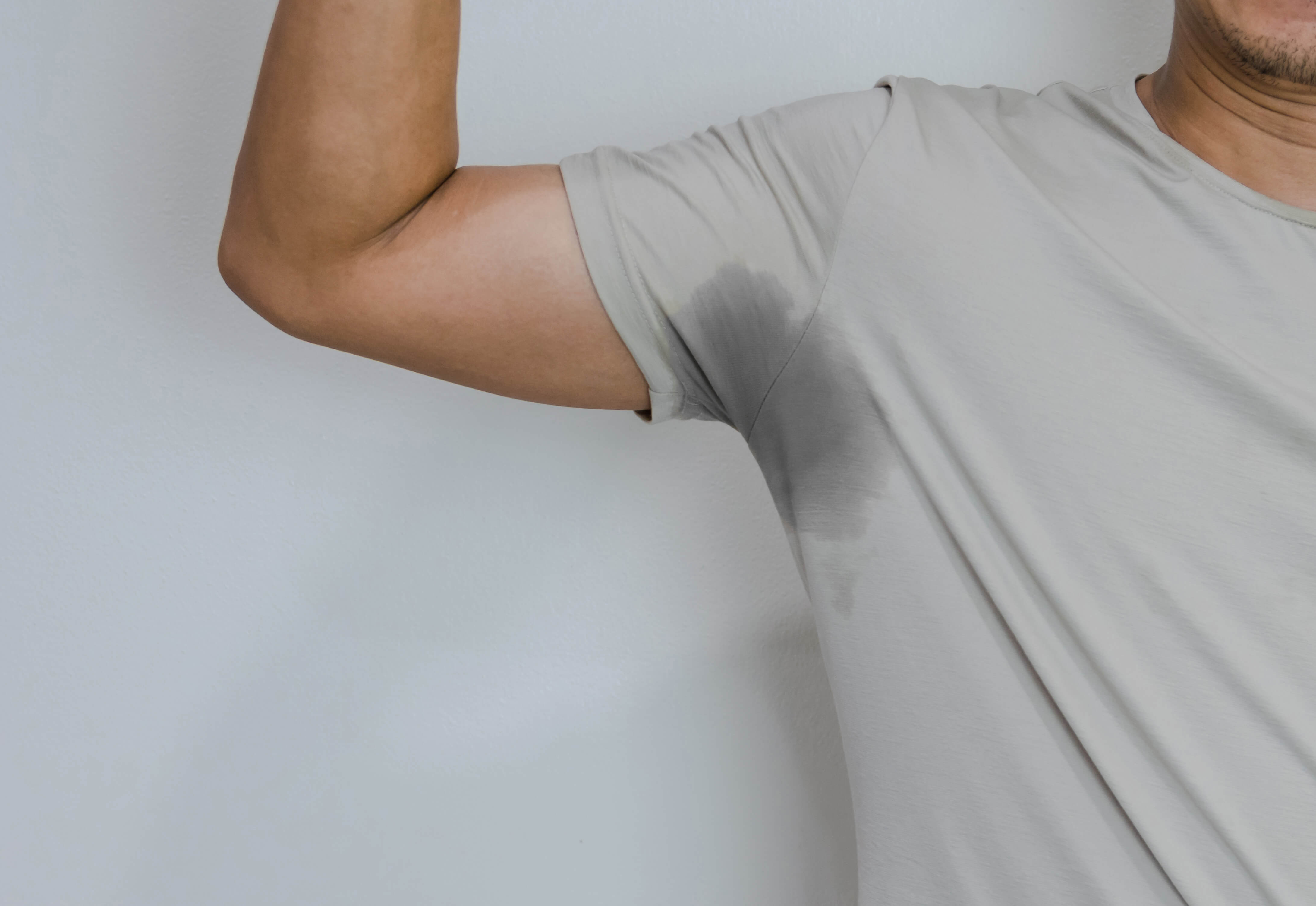

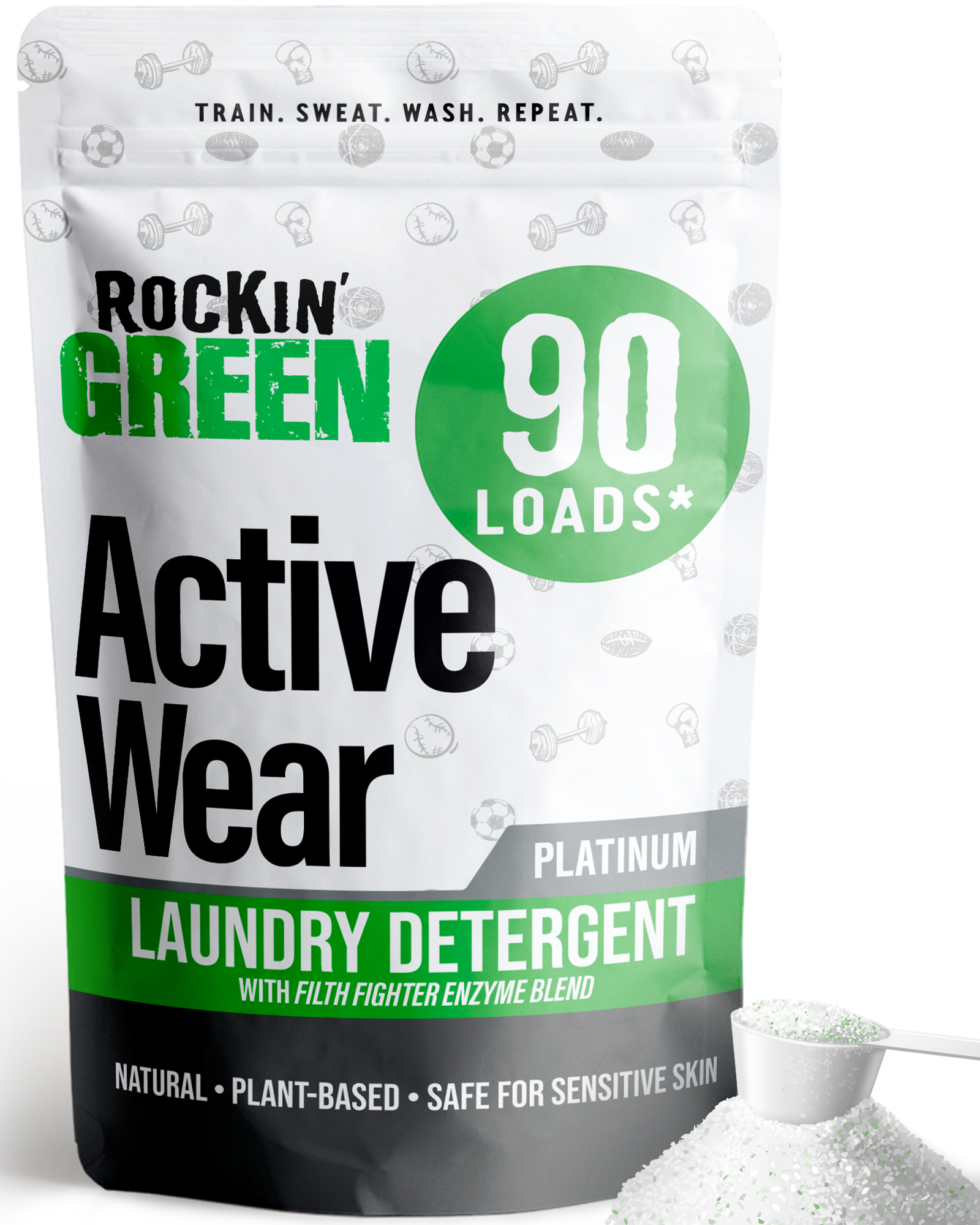
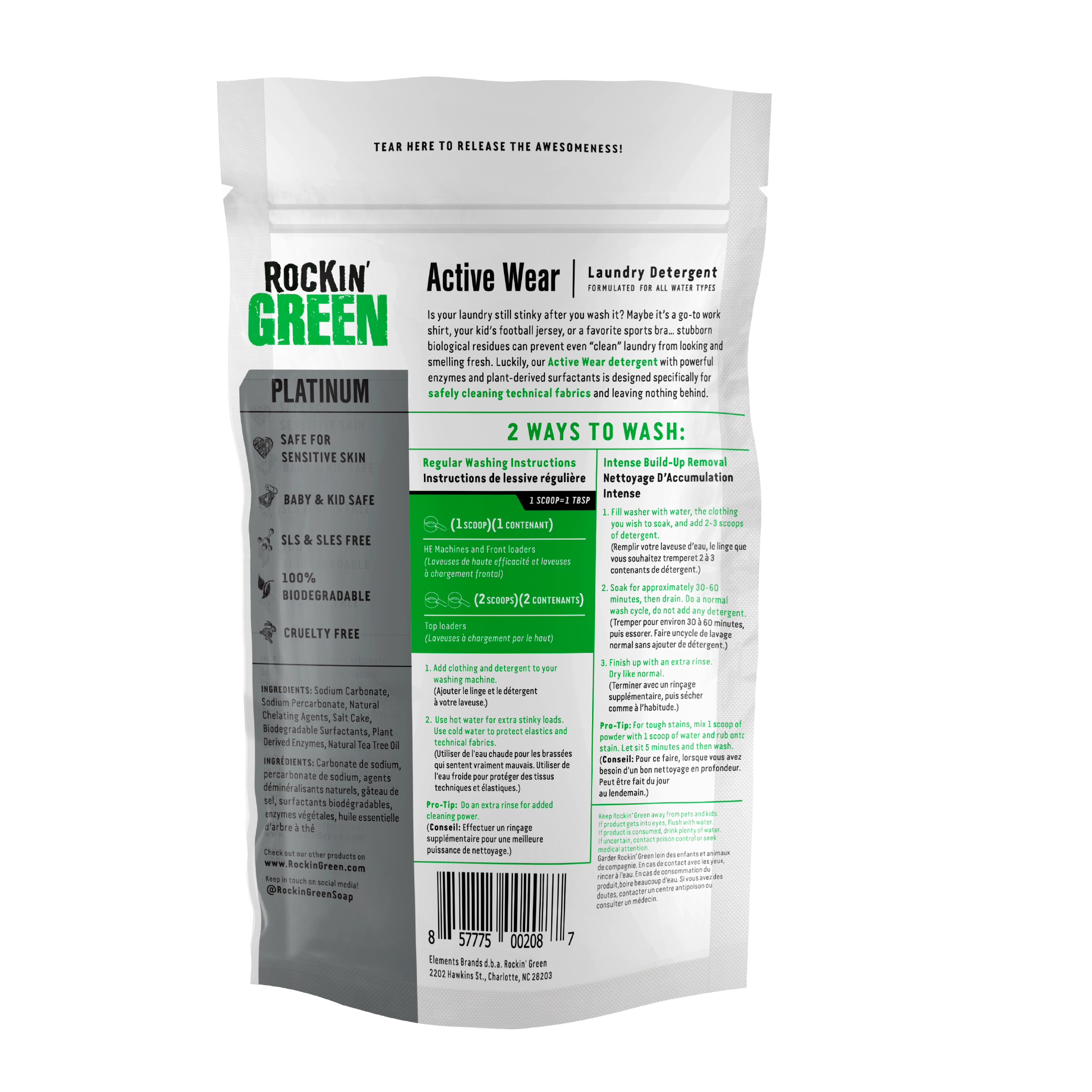

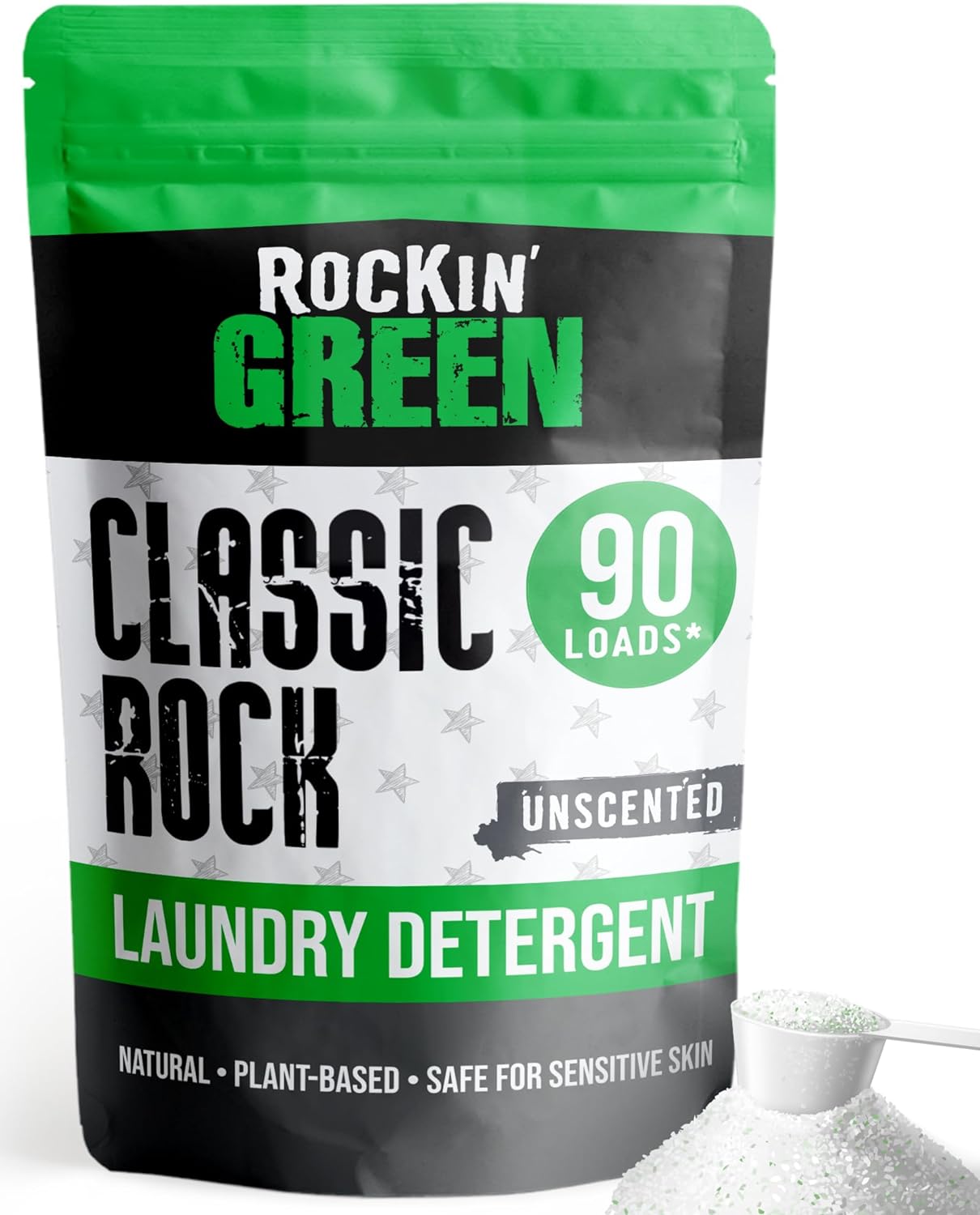
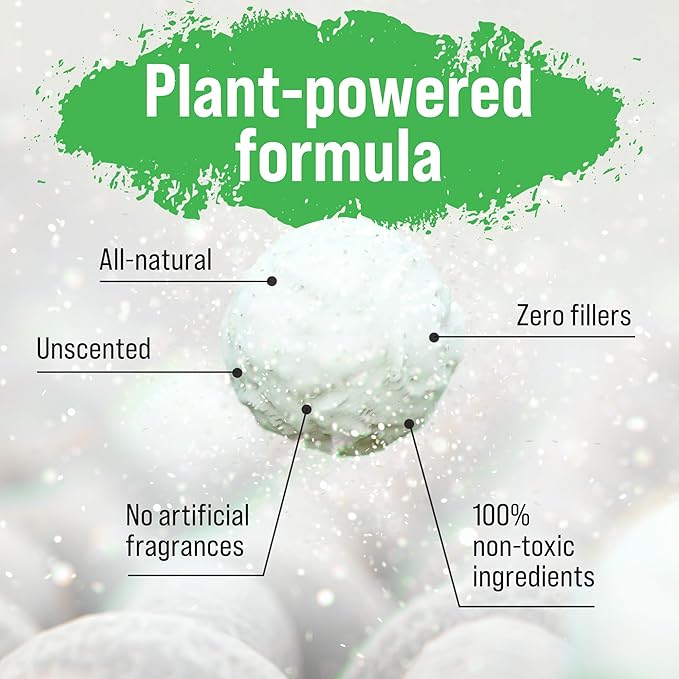
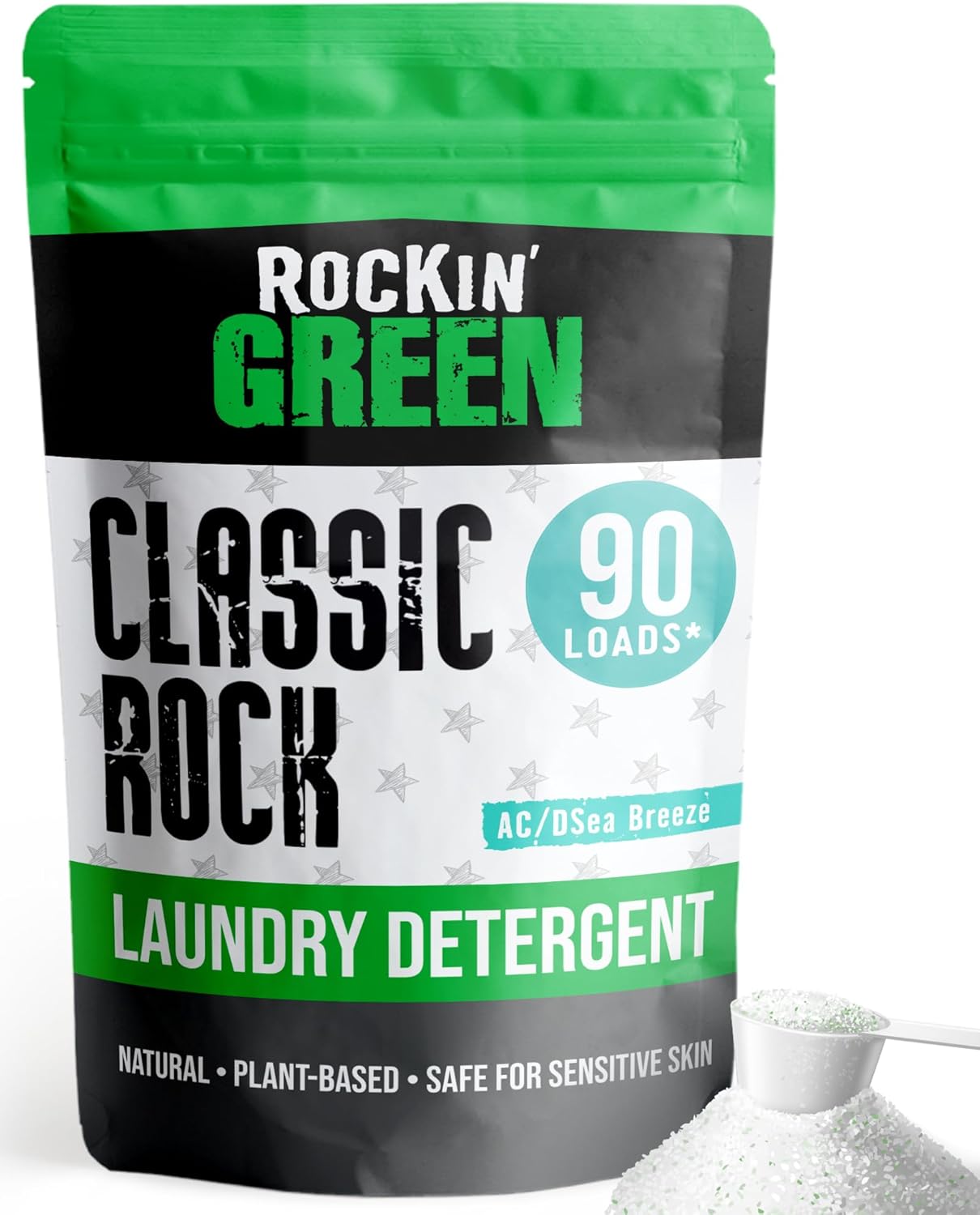
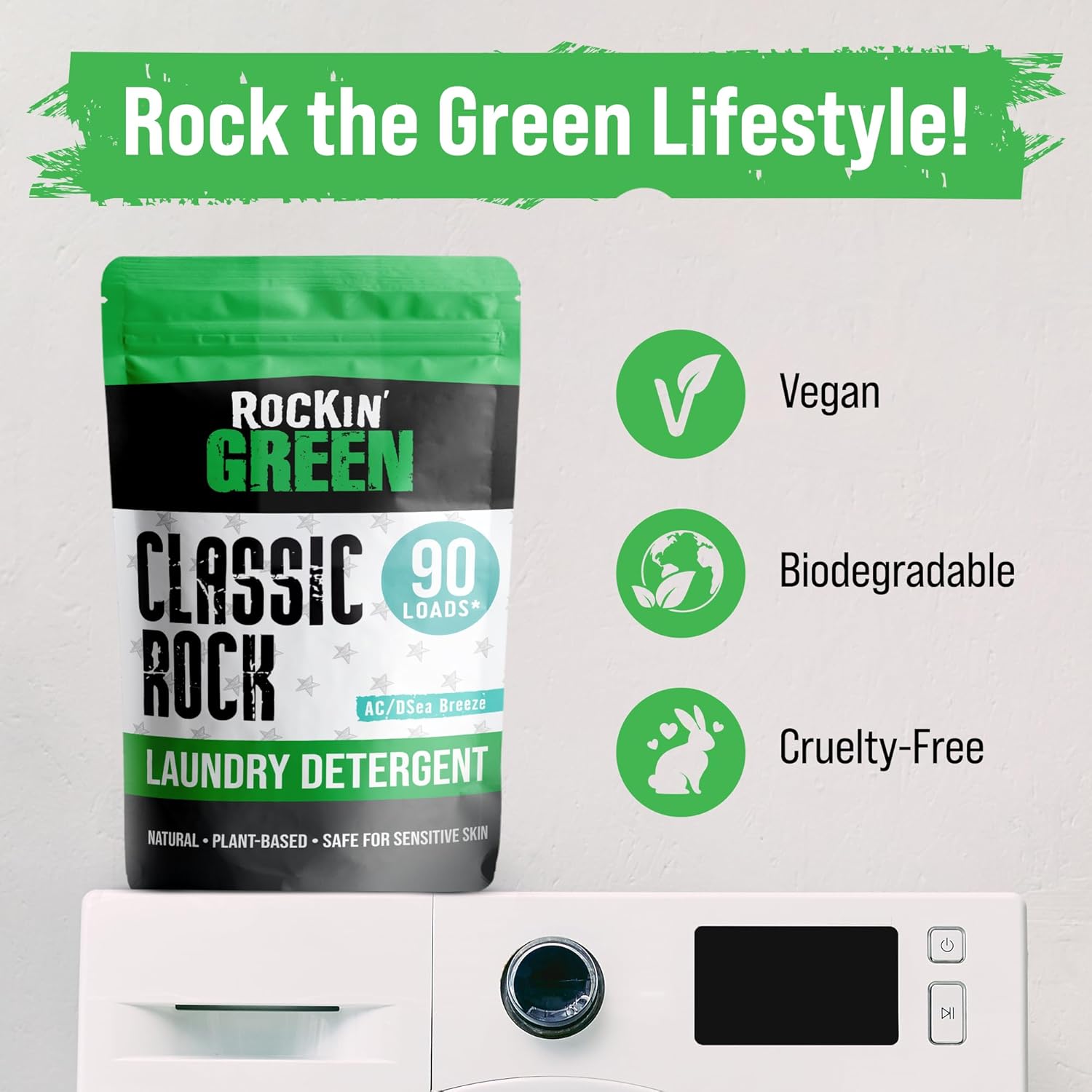
Leave a comment
This site is protected by hCaptcha and the hCaptcha Privacy Policy and Terms of Service apply.